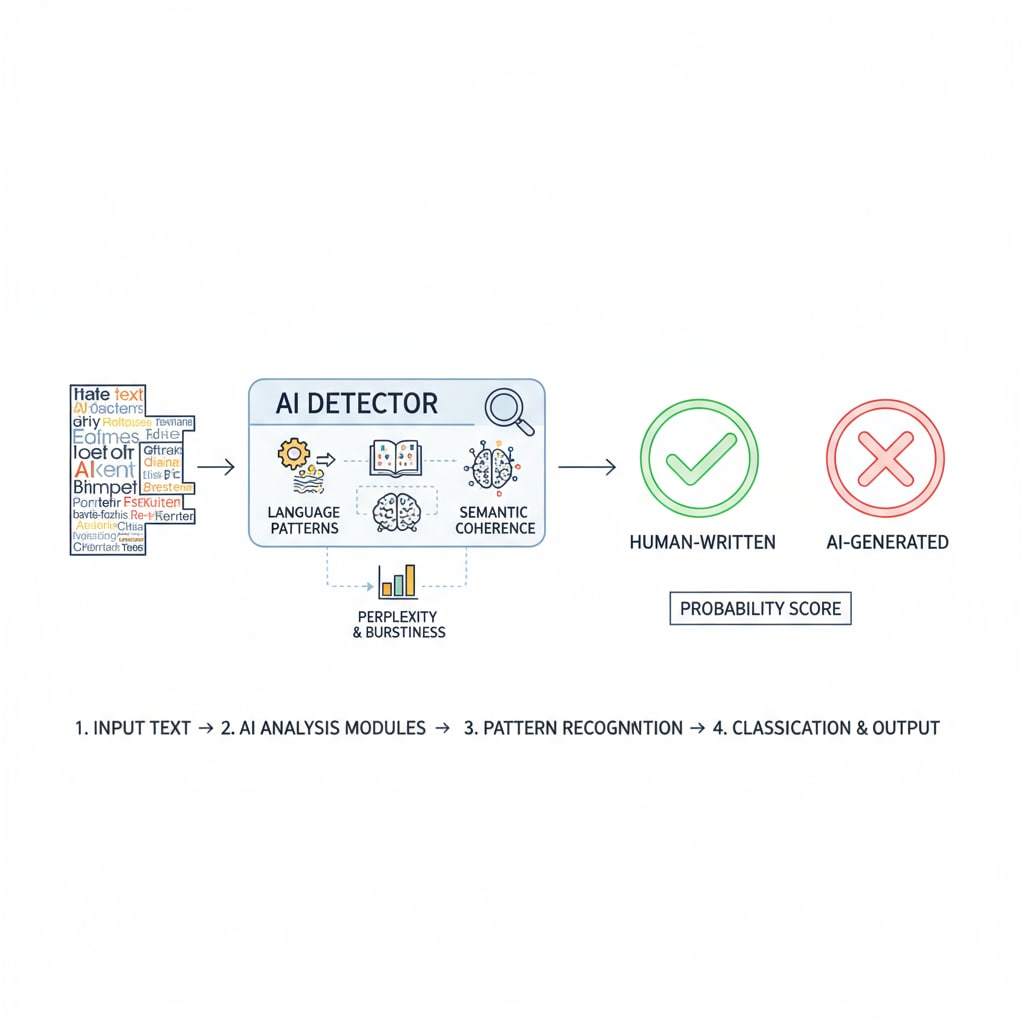In the digital age, the issues of AI detectors, manual input, and content rewriting have become hot topics, especially in the realm of education. As AI technology becomes more prevalent in K12 education, the phenomenon of students using AI rewriting tools to complete their homework is on the rise. The question of whether manual input of AI-generated content can evade detection is a crucial one that impacts educational integrity and the very essence of learning.
The Rise of AI in Education
AI has revolutionized various aspects of education. It offers numerous benefits such as personalized learning experiences, quick access to vast amounts of information, and intelligent tutoring systems. However, it has also brought about a new challenge. Many students are now tempted to use AI tools to rewrite content for their assignments. For example, they might input a simple topic into an AI writing assistant and then rewrite the generated text by hand. This practice raises concerns about the authenticity of students’ work. Artificial intelligence in education on Wikipedia

The Working Mechanism of AI Detectors
To combat the misuse of AI in education, developers have created AI detectors. These detectors analyze various aspects of the text, including language patterns, vocabulary use, and the overall structure. They are designed to identify if the text has been generated by an AI. For instance, AI-generated texts often have a certain predictability in sentence structures and word choices. Detectors compare the submitted text with known patterns of AI-generated and human-written texts. Artificial intelligence on Britannica

However, some students believe that by manually inputting the AI-generated content, they can bypass these detectors. But is this really the case?
The Myth of Evading Detection through Manual Input
At first glance, manual input might seem like a foolproof way to avoid detection. After all, the text is no longer in its original digital form that detectors can easily flag. However, AI detectors are becoming more sophisticated. They can still detect signs of AI generation even in manually typed content. For example, the unique language style and logical flow characteristic of AI-generated texts can still be recognized. Even if a student manually inputs the text, the underlying patterns remain. Therefore, the idea that manual input can completely evade AI detection is largely a myth.
Readability guidance: As we’ve seen, the issue of evading AI detection through manual input is complex. We’ve explored the rise of AI in education, how detectors work, and why manual input may not be the solution. In the next section, we’ll look at the impact on educational integrity.
The Impact on Educational Integrity
The attempt to evade AI detection through manual input undermines educational integrity. Education is not just about getting the right answers but also about the process of learning, critical thinking, and developing one’s own skills. When students use AI to generate content and then try to pass it off as their own through manual input, they are cheating the system. This not only devalues their own education but also affects the fairness of the educational environment for other students.
Moreover, it hinders the development of important skills such as writing, research, and problem-solving. Students who rely on AI-generated content miss out on the opportunity to grow and learn from their mistakes. In the long run, this can have a negative impact on their future academic and professional success.
In conclusion, the idea that manual input can evade AI content detection is a misconception. While AI technology offers many benefits in education, it’s essential that students, educators, and institutions work together to uphold educational integrity. By understanding the capabilities of AI detectors and the importance of genuine learning, we can ensure that education remains a valuable and honest pursuit.


